A mid-air collision is an aviation accident in which two or more aircraft come into unplanned contact during flight. Owing to the relatively high velocities involved and the likelihood of subsequent impact with the ground or sea, very severe damage or the total destruction of at least one of the aircraft involved usually results.
Contents
- First recorded mid air collision
- Efforts to prevent militarycivilian collisions in the United States
- References
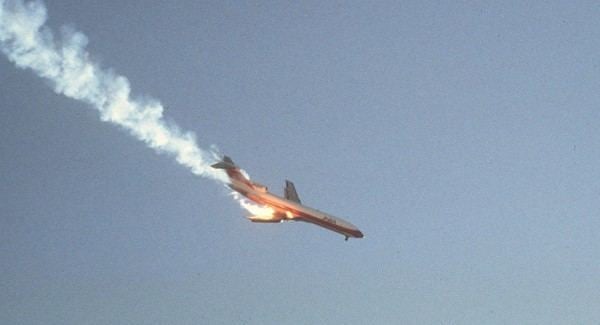
The potential for a mid-air collision is increased by miscommunication, mistrust, error in navigation, deviations from flight plans, and the lack of collision-avoidance systems. Although a rare occurrence in general due to the vastness of open space available, collisions often happen near or at airports, where large volumes of aircraft are spaced more closely than in general flight.

First recorded mid-air collision
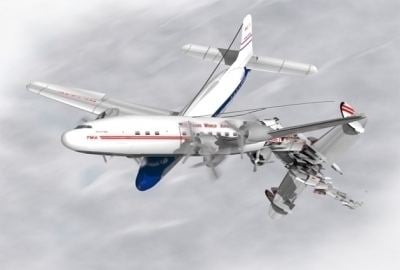
The first recorded collision between aircraft occurred at the "Milano Circuito Aereo Internazionale" meeting held between 24 September and 3 October 1910 in Milan, Italy. On 3 October, Frenchman René Thomas, flying an Antoinette IV monoplane, collided with British Army Captain Bertram Dickson by ramming his Farman III biplane in the rear. Both pilots survived, but Dickson was so badly injured that he never flew again.
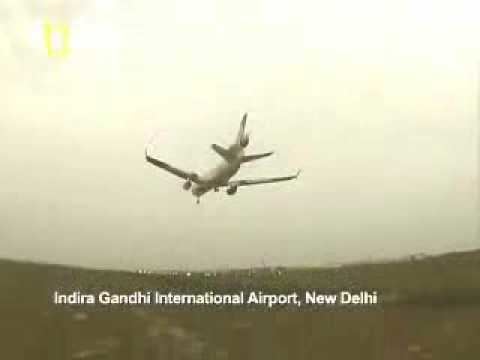
The first fatal collision occurred in Douai, France, on 19 June 1912. Captain Marcel Dubois and Lieutenant Albert Peignan, both of the French Army, crashed into one another, killing both pilots.
Efforts to prevent military/civilian collisions in the United States
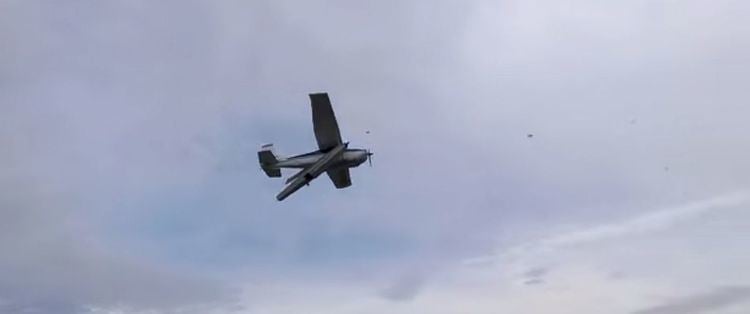
There are many types and causes of mid-air collisions. On some occasions, military aircraft conducting training flights inadvertently collide with civilian aircraft. Before 1958, civilian air traffic controllers guiding civilian flights and military controllers guiding military aircraft were both unaware of the other's aircraft.
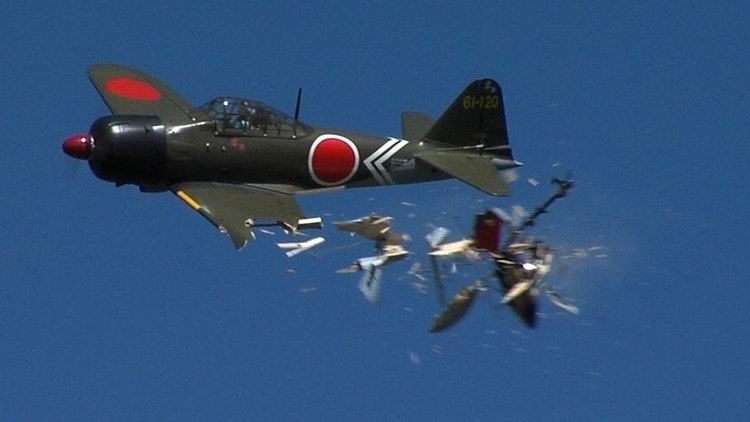
The 1958 collision between United Airlines Flight 736 and a fighter jet, as well as another U.S. military/civilian crash one month later involving Capital Airlines Flight 300, hastened the signing of the Federal Aviation Act of 1958 into law. The act created the Federal Aviation Agency (later renamed the Federal Aviation Administration), and provided unified control of airspace for both civil and military flights.
In 2005, as part of an effort to reduce such military/civilian mid-air collisions in U.S. airspace, the Air National Guard Flight Safety Division, led by Lt Col Edward Vaughan, used the Disruptive Solutions Process to create the See and Avoid web portal. In late 2006, the U.S. Defense Safety Oversight Council (DSOC) recognized and funded the site as its official civil/military mid-air collision prevention website, with participation by all the services.
